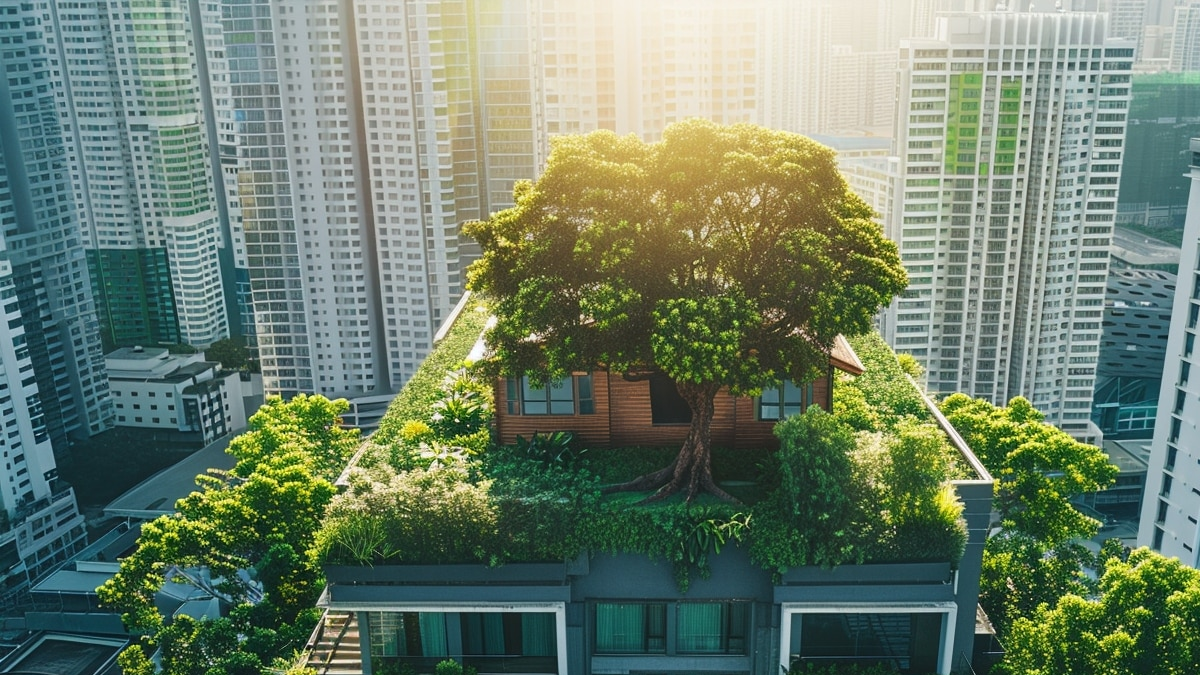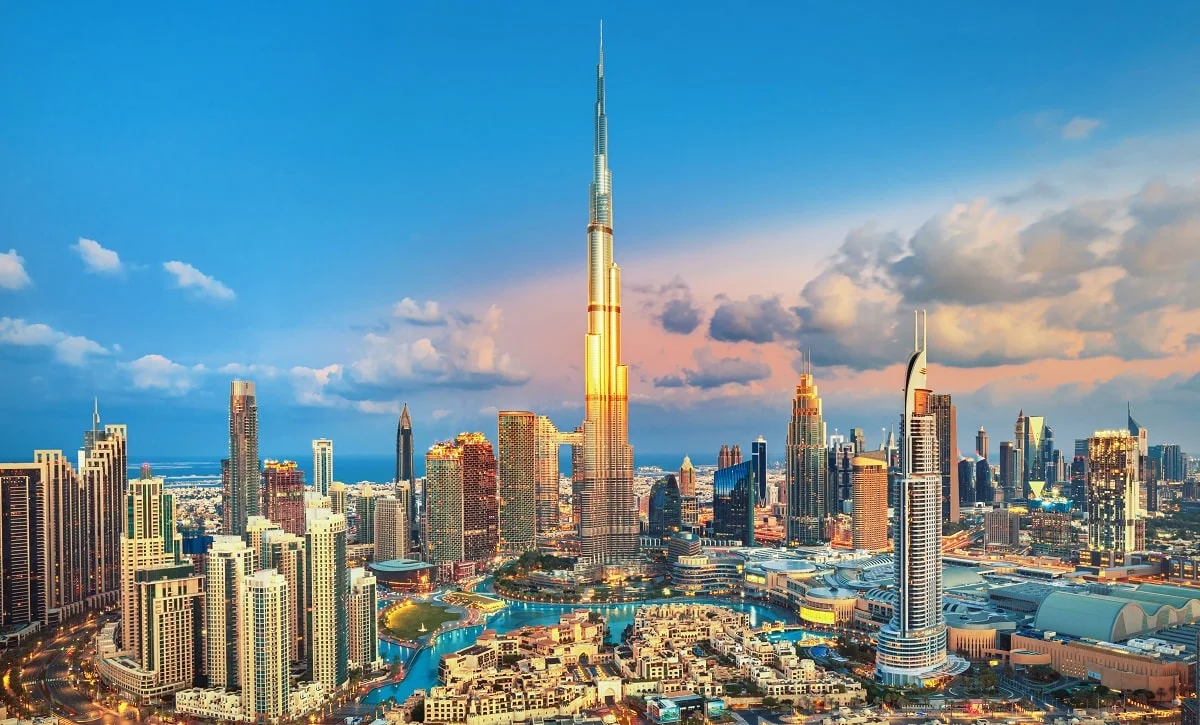Now Reading: 8 Green Real Estate Trends Every Global Buyer Should Know
-
01
8 Green Real Estate Trends Every Global Buyer Should Know
8 Green Real Estate Trends Every Global Buyer Should Know

Table of Contents
In today’s world, sustainability is no longer just a buzzword—it’s a key factor influencing purchasing decisions in many industries, including real estate. Global buyers are increasingly seeking eco-friendly properties that not only offer comfort and value but also align with their environmental values.
From green building materials to energy-efficient designs and smart home technologies, sustainable real estate is on the rise across the globe. This article explores the top sustainability trends shaping the real estate market and what global buyers are looking for in 2025 and beyond.
Why Sustainability Matters to Global Buyers
Real estate investors and homebuyers are becoming more conscious of how their homes impact the environment. Whether purchasing a holiday home, investment property, or permanent residence, buyers are considering:
- Energy efficiency
- Low carbon footprints
- Natural and recycled materials
- Water-saving systems
- Proximity to public transport or walkable areas
These concerns are not only about the planet but also about long-term savings and property value growth.
1. Green Building Certifications Are in Demand

One of the top sustainability trends is the rise in demand for certified green buildings. Certifications like LEED (Leadership in Energy and Environmental Design) in the U.S., BREEAM in the U.K., and Green Star in Australia give buyers confidence that the property meets high sustainability standards.
Buyers now look for these certifications as a mark of quality and future-proof investment. In markets like Europe and North America, certified buildings often sell faster and at a premium.
2. Energy Efficiency Is a Priority
Energy-efficient features are at the top of many global buyers’ checklists. Homes with solar panels, energy-saving appliances, smart thermostats, and LED lighting are in higher demand.
Not only do these features lower utility bills, but they also reduce a property’s environmental impact. Net-zero homes—which produce as much energy as they use—are gaining popularity in regions like Scandinavia and parts of Canada.
3. Eco-Friendly Materials and Designs
Buyers are favoring properties built with sustainable, locally sourced, or recycled materials. Bamboo flooring, reclaimed wood, and natural insulation materials are becoming mainstream.
Designs that take advantage of natural light and ventilation, such as passive houses, are also trending. These homes are built to maintain comfortable indoor temperatures with minimal heating or cooling needs.
4. Smart Home Technology for Sustainability

Smart home systems are no longer just about convenience. They also play a big role in energy conservation. Global buyers now expect features like:
- Automated lighting and climate control
- Smart irrigation systems for gardens
- Real-time energy usage monitoring
Such systems allow homeowners to optimize energy usage and reduce waste effortlessly.
5. Water Conservation Systems
In drought-prone or water-scarce regions, water-efficient properties are especially attractive. Features like low-flow faucets, rainwater harvesting systems, and greywater recycling are increasingly important.
In countries like Australia, where water restrictions are common, these systems are often deal-makers for buyers.
6. Location and Urban Sustainability
Sustainable real estate isn’t just about the building—it’s also about the neighborhood. Many buyers are now interested in:
- Proximity to public transport
- Walkable communities
- Access to green spaces
- Local food markets
Cities with sustainable urban planning—like Amsterdam, Singapore, and Vancouver—are seeing more international interest from eco-minded buyers.
7. Government Incentives and Policies
Governments around the world are supporting green construction through tax incentives, subsidies, and zoning changes. For example:
- Germany offers low-interest loans for energy-efficient renovations.
- The U.S. offers federal tax credits for solar panel installations.
- Singapore encourages green buildings through the Green Mark Scheme.
These incentives help lower the cost for buyers and increase the value of sustainable properties.
8. Sustainability as a Long-Term Investment
For investors, sustainable real estate offers strong resale value and lower operational costs. These properties are often more resilient to climate change and energy market fluctuations.
Institutional investors and funds are also prioritizing Environmental, Social, and Governance (ESG) criteria, meaning properties that meet green standards are more likely to attract funding and partnerships.
Final Thoughts
The future of real estate is green. As global buyers become more environmentally conscious, demand for sustainable homes is growing. Developers, agents, and property managers must adapt to meet these expectations.
By focusing on sustainability, global buyers aren’t just purchasing homes—they’re investing in a better, greener future.
Read More:- Deyaar’s Latest Announcement Shakes Up the UAE Property Market






















